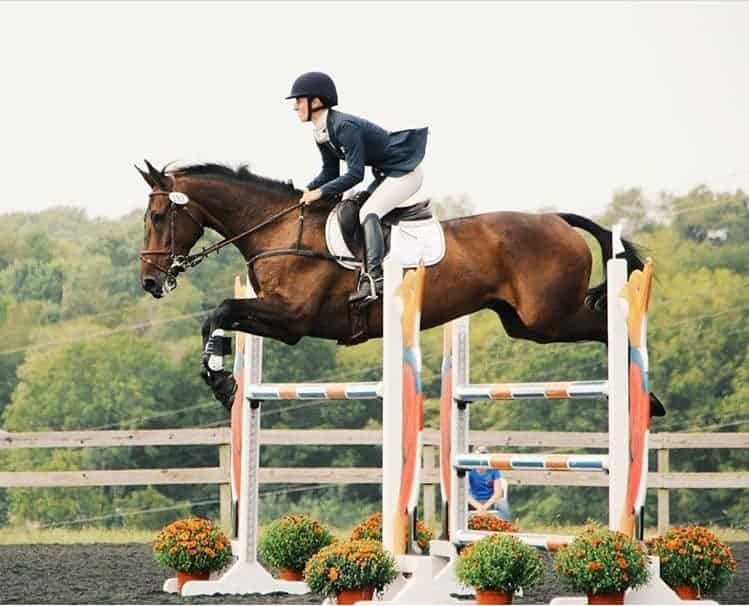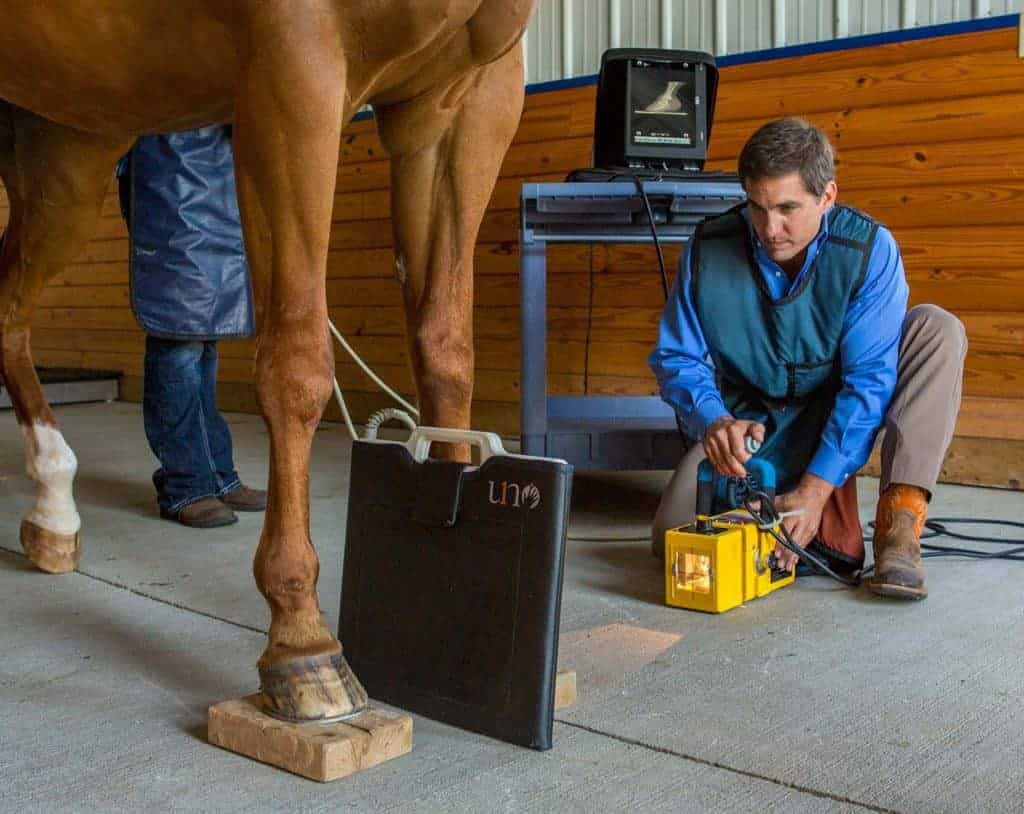
PAAG Showing Promise as Arthritis Treatment for Horses
Researchers believe polyacrylamide hydrogel (PAAG) could have a long-lasting cushioning effect on arthritic joints.

Researchers believe polyacrylamide hydrogel (PAAG) could have a long-lasting cushioning effect on arthritic joints.

Researchers say inertial measurement units could aid in more accurate veterinary diagnoses and performance evaluations.

How many trot sets and calories does a horse require to get Rolex-ready? Join “Forty” as he preps for the grueling test.

Balanced nutrition and exercise can help horses with type-1 PSSM lead active, healthy lives.

A saddle fitter shares some early warning signs that your tack and your horse’s back aren’t meshing.

Researchers found that many radiographic abnormalities resolve by the time weanlings return to the auction as yearlings.

Vets can use MRI to help diagnose injuries, select treatments, monitor healing progress, and determine prognosis.

How young horses are fed and housed can impact how osteochondral lesions evolve, and even help them heal.

Many of the abnormalities researchers evaluated in weanling X rays improve by the time the horse was a yearling.

Preliminary results suggest risk factors include fewer high-speed workouts and a drop in racing class, among others.

Sedation and bandaging can help buy time for a thorough exam and to make a thoughtful decision about the horse’s future.

Researchers confirmed that footing properties could impact dressage horses’ risk for suspensory ligament injury.

Scientists are highlighting early 20th century studies and Japanese researchers who were well ahead of their time.

The fatal injury rate in Thoroughbred racehorses declined for a fourth consecutive year and has dropped 23% since 2009.

Do these supplement ingredients improve performance?

PET scans revealed lesions in bony and soft tissue, some of which weren’t visible on other imaging modalities.
Stay on top of the most recent Horse Health news with
"*" indicates required fields